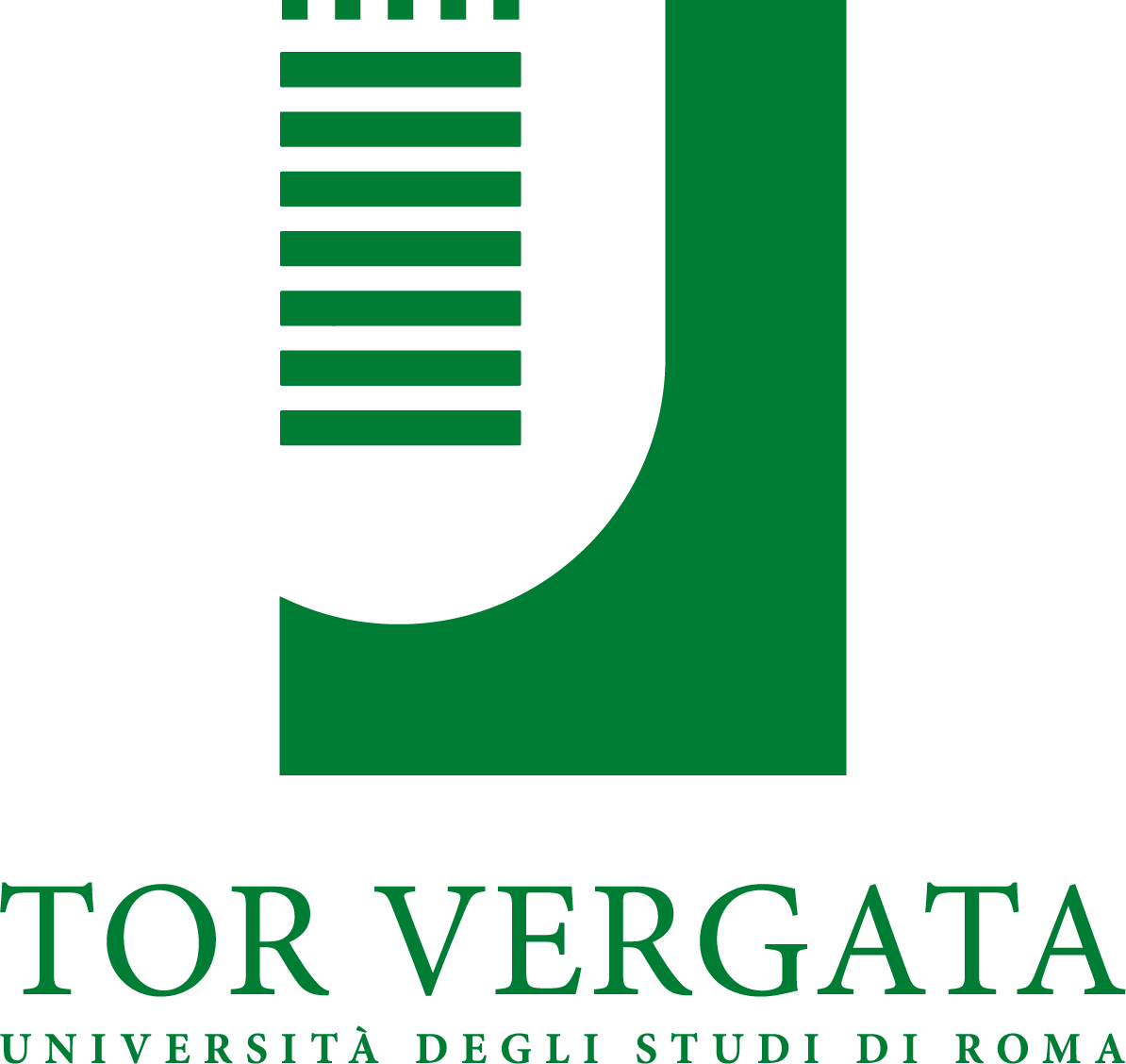PALEODIET RECONSTRUCTION ![]()
Dr. Roberta Lelli,
Centro di Antropologia molecolare per lo studio del DNA antico, Dipartimento di Biologia, Università di Roma “Tor Vergata”

ABSTRACT
“Human is what human eats” (Ludwig Feuerbach, 1862): reconstruction of past populations diet through the carbon and nitrogen stable isotope analysis of bone collagen
Since 1977 (Vogel and van der Merwe), the application of carbon and nitrogen stable isotopes study to archaeological questions was widely employed to reconstruct aspects of prehistoric events such as diet of past populations (or palaeodiet).
The isotope reconstruction of palaeodiet is based on two assumptions: the first is that isotope composition of bone collagen, the principal component of the bone organic matrix, reflects largely the isotope composition of foods consumed during life; the second is that different food sources have distinctive isotope signatures so allowing to make inferences about what kinds of foods the isotopically analysed elements came from (DeNiro 1985; Hedges 2006). Therefore this analysis can provide information on an individual’s dietary pattern over a time frame of 10-15 years prior to death given the slow turnover rate of bone collagen.
Isotope signatures really give information on the dietary protein portion: unlike nitrogen, which is assumed to derive only from protein, collagen carbon comes mainly from protein but there may be some contributions from other dietary components (i.e. lipids and carbohydrates), particularly when diets are low in protein.
Carbon and nitrogen can exist in two stable isotopic forms:
- 12C and 13C, whose natural abundances are 98.89% and 1.11%, respectively;
- 14N and 15N, whose natural abundances are 99.63% and 0.37%, respectively.
The isotope composition of an organism is measured as the ratio of heavy isotope to the light one; since the abundance of light isotope far exceeds the abundance of the heavy one, this ratio is a very small number. To make the value more usable, isotope measurements are reported using the delta (δ) notation (i.e. the deviation in the isotope ratio of the examined sample from that of an accepted standard material) and expressed in parts per thousand (‰), as follows:
δ (‰) = [(Rsample / Rstandard) – 1] * 1000
where R is the ratio of heavy to light isotope.
For carbon and nitrogen, δ13C and δ15N refers to the ratio 13C/12C and 15N/14N, respectively, relative to specific standards.
For carbon, the reference material is the Pee Dee Belemnite (PDB) limestone fossil; this material has an unusually high 13C/12C ratio so that δ13C values for most organisms are negative.
For nitrogen, the standard is atmospheric nitrogen (AIR); generally most organisms have higher nitrogen isotope ratios relative to standard, so that δ15N values are positive.
The capability to discriminate between different food sources on the basis of different δ13C and δ15N values is related to the phenomenon of isotope fractionation that is the variation in the abundance of isotopes of the same element due to physical and chemical processes.
Carbon fractionation
Certainly the main process in nature responsible for carbon fractionation is photosynthesis.
On the basis of two different photosynthetic pathways characteristic for terrestrial plants (classified mainly as C3 and C4), atmospheric carbon dioxide (CO2) fixation produces variable fractionation which results in different δ13C values. The latter in both plant types are lower compared with δ13C value of CO2 (~ -7‰): this implies that during photosynthesis there is a preferential enrichment of the lighter isotope (12C) and an exclusion of the heavier one (13C). C3 plants (trees and grasses from temperate regions) synthesize a three-carbon compound following the Calvin-Benson photosynthetic pathway and have a mean δ13C value of -26.5‰. Grasses from hot and arid environments, classified as C4 plants, synthesize a four-carbon compound following the Hatch-Slack photosynthetic pathway and exhibit a mean δ13C value of -12.5‰. The lower values observed for C3 plants relative to C4 plants means that the former discriminate more against 13C resulting in the depletion of more 13C during metabolism.
When plants are eaten by animals, carbon isotope ratios relative to plants are incorporated into the consumers bone collagen. This implies a process of fractionation which causes an enrichment in 13C (i.e. more positive δ13C values) by about 5‰ relative to diet; a such trophic level effect occurs between producers and primary consumers (herbivores) while a small trophic level effect (~ +1‰) was observed in subsequent steps.
Carbon stable isotopes are useful not only to discriminate between C3 and C4 plants consumption but also to distinguish between terrestrial-based and marine-based diets. Carbon in marine environment derives mainly from dissolved bicarbonates which have a carbon isotope value of about 0‰ and therefore are more enriched in 13C (by about 7‰) compared to atmospheric CO2; this difference is maintained at each trophic level of the marine and terrestrial food chains and implies that marine organisms show higher δ13C values than the terrestrial ones and ranging from -18 to -10‰. Another aquatic resource which is worth to take into account is freshwater (lacustrine and riverine) fish. This resource shows lower δ13C values compared with marine organisms, i.e. more similar to the terrestrial ones, and extremely variable. This could be due to strong influence of the surrounding environment and consequently to the interaction of bicarbonates dissolved in freshwaters with other carbon sources: atmospheric CO2, soil and rock bicarbonates, organic carbon from waste products and decomposition.
Nitrogen fractionation
Although this element makes up the majority of Earth’s atmosphere (approximately 78%), most organisms cannot use nitrogen in the gas form (N2). Atmospheric nitrogen has to be converted into more usable forms through a series of biochemical processes occurring in soils which influence nitrogen fractionation and consequently δ15N values in the environment.
Terrestrial plants can be distinguished in two groups on the basis of how they obtain nitrogen. The first includes nitrogen-fixing plants whose legumes are the major component; they have a mutualistic symbiotic relationship with bacteria (Rhyzobia) that grow on their roots and fix nitrogen in the form of ammonium (NH4+). Since these plants are not dependent on soil for nitrogen uptake, δ15N values are very low and on average of 1‰.
Non-nitrogen fixing plants belong to the second group; they absorb already fixed nitrogen from the soil in the form of ammonium and nitrates (NO3-) showing higher δ15N values which are on average of 6‰. In marine environment, plants utilize dissolved nitrates which are more 15N-enriched than the terrestrial nitrogen sources; this difference is maintained when is passed up to the plant-eating animals higher up in the two food chains, and so on. Moreover marine chain tends to be longer than the terrestrial one. Overall this implies that marine organisms show higher δ15N values compared to terrestrial organisms. Freshwater isotope ratios are as 15N-enriched as the marine ones and show a great variability related to varying mixtures of continental and aquatic material. Thus, together with carbon isotope ratios, the nitrogen ones are also useful to differentiate between terrestrial and aquatic (marine and freshwater) dietary sources.
However, the major utility of nitrogen isotopes is to distinguish the trophic level relationships: it was observed a constant increase of δ15N values by about 3-5‰ with increasing trophic level, which is probably associated with the excretion of more 14N in urea (terrestrial environment) or ammonia (marine environment) and consequently the use of more 15N in tissue synthesis.
Plot of carbon vs nitrogen isotope values of different food groups (from Tykot 2004).
REFERENCES
DeNiro MJ. 1985. Postmortem preservation and alteration of in vivo bone collagen isotope ratios in relation to palaeodietary reconstruction. Nature 317, 806-809.
Hedges REM. 2006. Where does our protein carbon come from? Brit. J. Nutr. 95, 1031-1032.
Tykot RH. 2004. Stable isotopes and diet: you are what you eat. In: M Martini, M Milazzo and M Piacentini (eds), Proceedings of the International School of Physics “Enrico Fermi”, Course CLIV, IOS Press, Amsterdam.
Vogel JC and van der Merwe NJ. 1977. Isotopic evidence for early maize cultivation in New York State. Am. Antiq. 42, 238-242.






Università di Tor Vergata